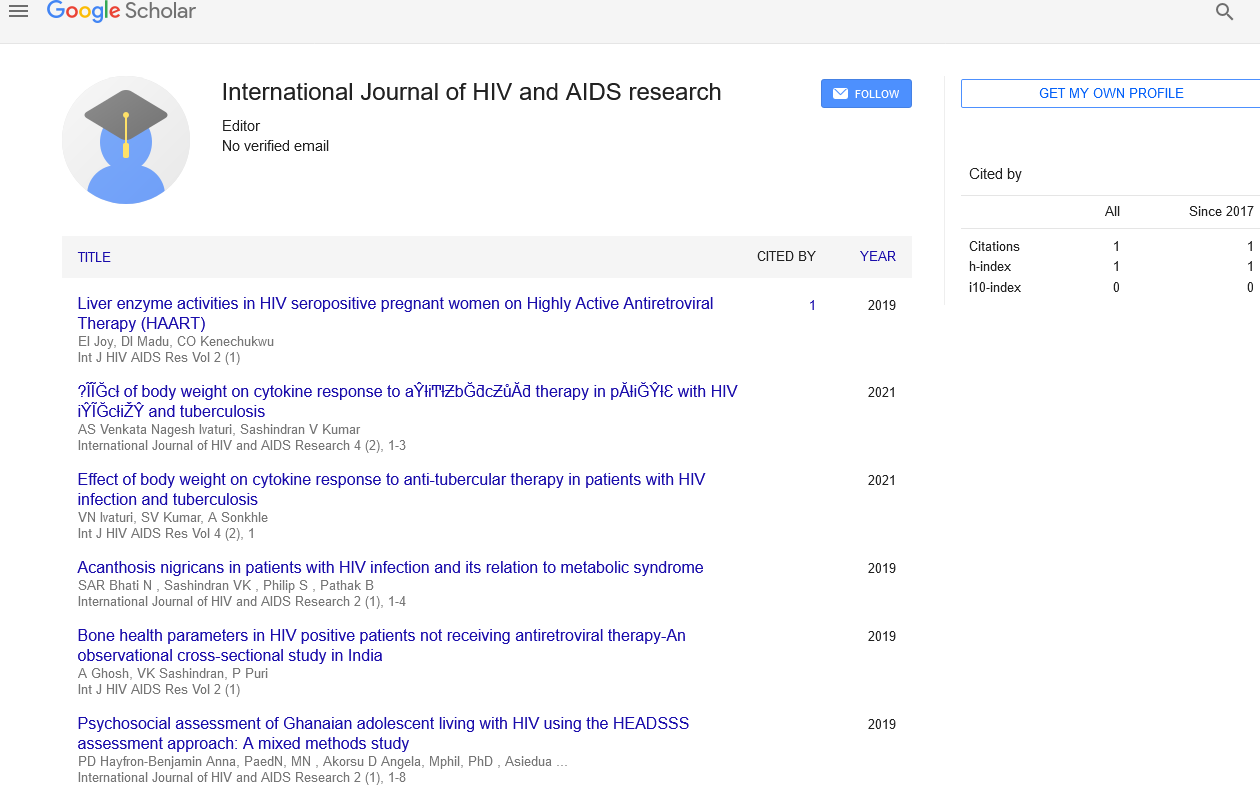The Impact of Food Science on a dynamic World
Received: 02-Jan-2022, Manuscript No. . pulafsj-22-3950; Editor assigned: 15-Jan-2022, Pre QC No. pulafsj-22-3950(PQ); Reviewed: 31-Jan-2022 QC No. pulafsj-22-3950; Revised: 02-Feb-2022, Manuscript No. pulafsj-22-3950(R); Published: 12-Feb-2022, DOI: 10.37532/pulafsj.22.6(1).04-05
Citation: Ali M. The Impact of food science on a dynamic world. App Food Sci J. 2022;6(1).
This open-access article is distributed under the terms of the Creative Commons Attribution Non-Commercial License (CC BY-NC) (http://creativecommons.org/licenses/by-nc/4.0/), which permits reuse, distribution and reproduction of the article, provided that the original work is properly cited and the reuse is restricted to noncommercial purposes. For commercial reuse, contact reprints@pulsus.com
Abstract
Beginning with the overlap of agricultural and nutritionary analysis and progressing through the scientific parts of food safety and process, food science informs the event of food technology. Food science brings along a large vary of scientific disciplines. Ideas from chemistry, physics, physiology, biological science, and organic chemistry, among alternative areas, are enclosed.
Introduction
The chemical engineering approaches are utilized in food technology, for instance. Food scientists are chargeable for development, method style, packaging material choice, shelf-life studies, sensory analysis of things utilising survey panels or future customers, still as microbiological and chemical testing. a lot of basic phenomena directly associated with the assembly of food merchandise and their qualities are often investigated by food scientists. per the Institute of Food Technologists, "the discipline during which the engineering, biological, and physical sciences are wont to explore the character of foods, the explanations for degradation, the principles underpinning food process, and therefore the improvement of meals for the overwhelming public." per the textbook Food Science, food science is delineated as "the application of basic sciences and engineering to look at the physical, chemical, and biological characteristics of foods, still because the principles of food process."
Because the world's population is increasing, therefore is that the demand for food. As a result, the sphere of food science and technology includes a bright future prior it, with millions of area for growth. It’s created strides toward meeting the world's growing food demands. Advances during this field can lead to fewer diseases, higher food quality, and a lot of safety. Consumption, type of food things, low-cost food costs, improved preservation techniques, and shrivelled wastage are all factors to think about. The chemistry of food is that the science that deals with the composition of foods. Physical and chemical interactions in foods are studied exploitation physical and chemical principles applied to food systems, still as chemistry techniques and equipment for food analysis and analysis. Microorganisms that inhabit, manufacture, or contaminate food are studied in food biological science, as are microorganisms that cause food putrefaction. In food science, however, "good" microorganism, like probiotics, have become progressively necessary. Microorganisms also are needed for the manufacture of soured foods like cheese, yoghurt, bread, beer, wine, and alternative beverages. Food chemistry is that the study of all biological and non-biological parts of foods' chemical processes and interactions. Meat, poultry, lettuce, beer, and milk are samples of biological substances. It contains areas like as water, vitamins, minerals, enzymes, food additives, flavours, and hues, and is appreciate organic chemistry in terms of its main parts like carbohydrates, lipids, and macromolecule. This field additionally includes however merchandise amendment as a results of varied food process procedures, still as ways that to enhance or forestall this from happening. Famines have occurred often throughout history. Some have killed a lot of individuals and considerably reduced the population of an enormous space. Drought and war are the foremost common causes; however, policy is guilty for the worst famines in history. The increase in hunger over the previous few years are often attributed to variety of things. Since the money crisis of 2008-2009, slowdowns and downturns have collaborated to degrade socioeconomic conditions, increasing the prevalence of hunger. Extreme weather events, dynamic atmospheric condition, and therefore the development of pests and diseases, together with structural imbalances and an absence of inclusive policies, have triggered tenacious cycles of poorness and hunger. difference in plus, resource, and financial gain distribution, combined by the absence or insufficiency of welfare provisions within the poorest countries, is additional limiting access to food. Nearly a tenth of the world's population still lives on but $1.90 per day, with geographical area and southern Asia being the toughest hit. within the meanwhile, high import and export dependency ratios create several economies a lot of susceptible to external shocks. Debt has big to levels significantly surpassing value in several low-income economies, weakening development prospects.
Conclusion
Food science and technology can aid in not simply increasing food accessibility and price per unit space, however additionally in protective food, reducing waste, and rising the standard of food production.





